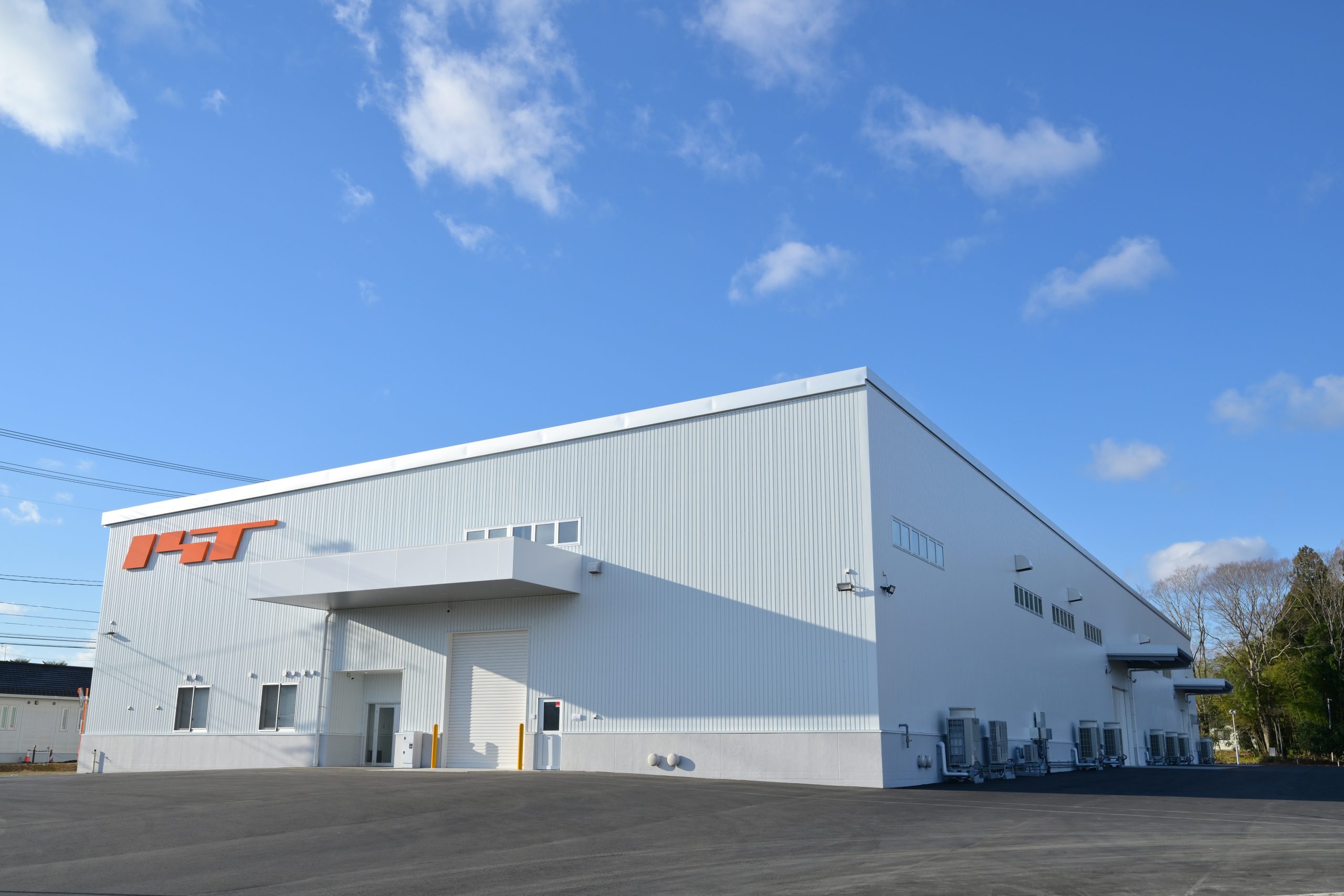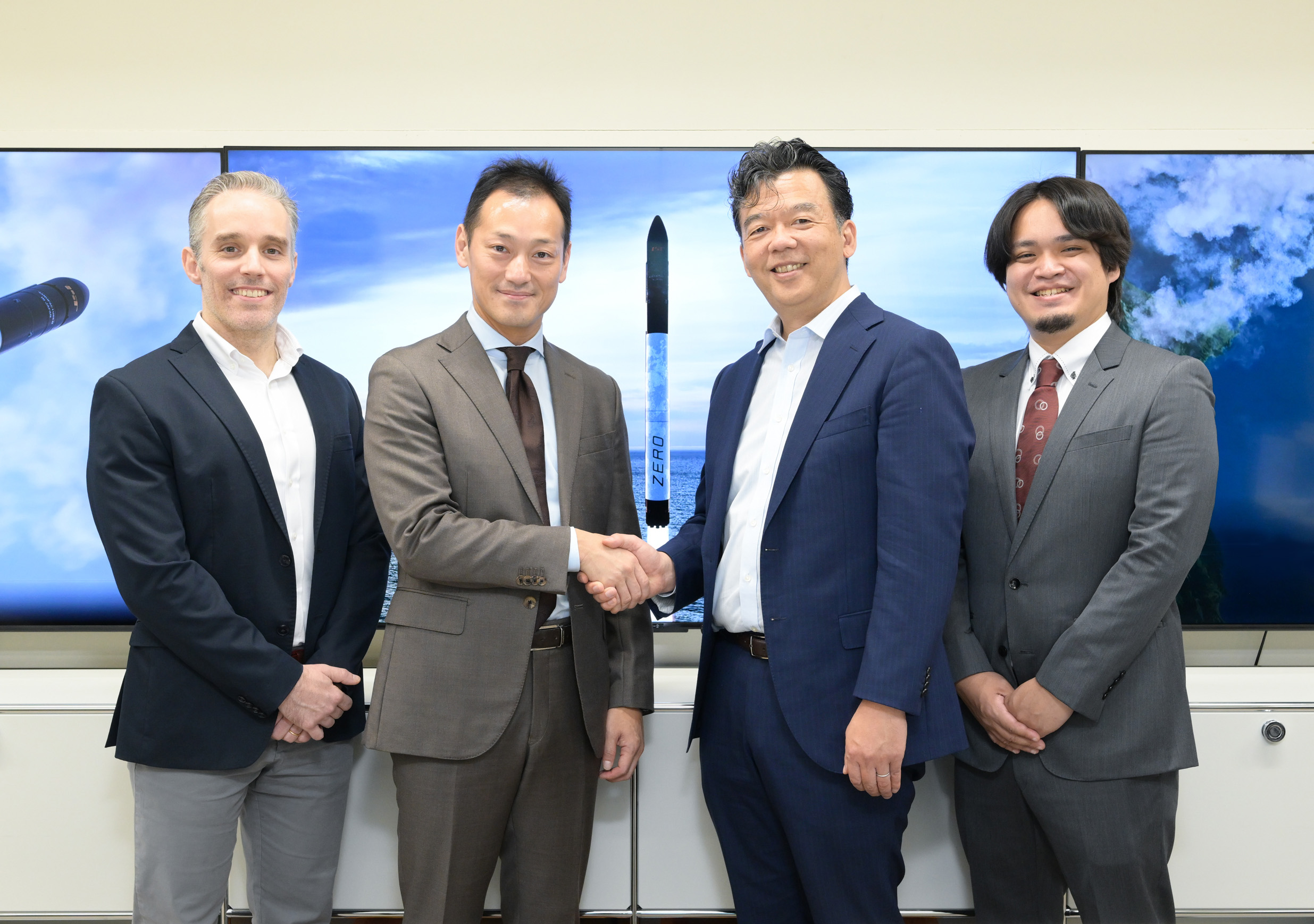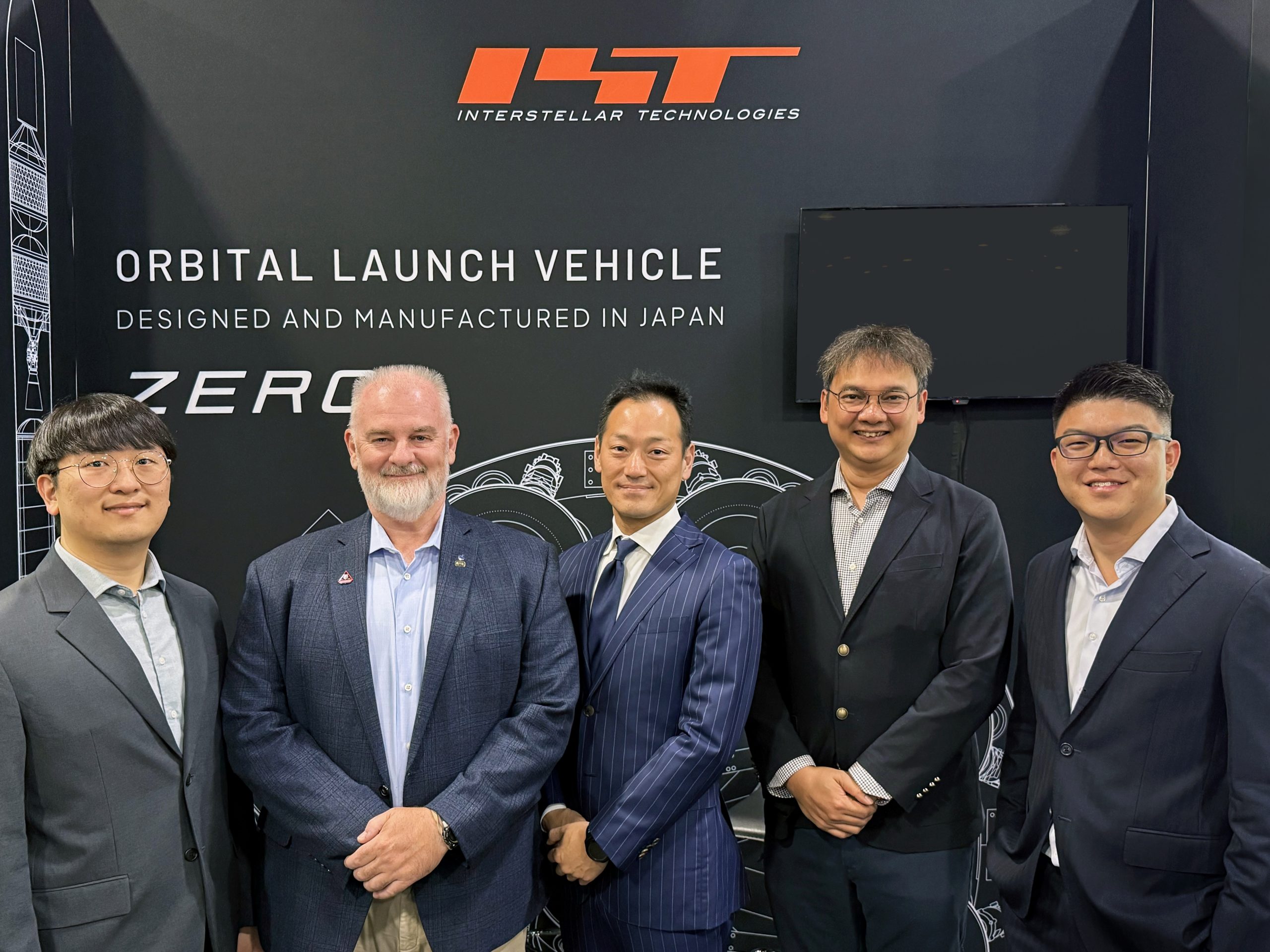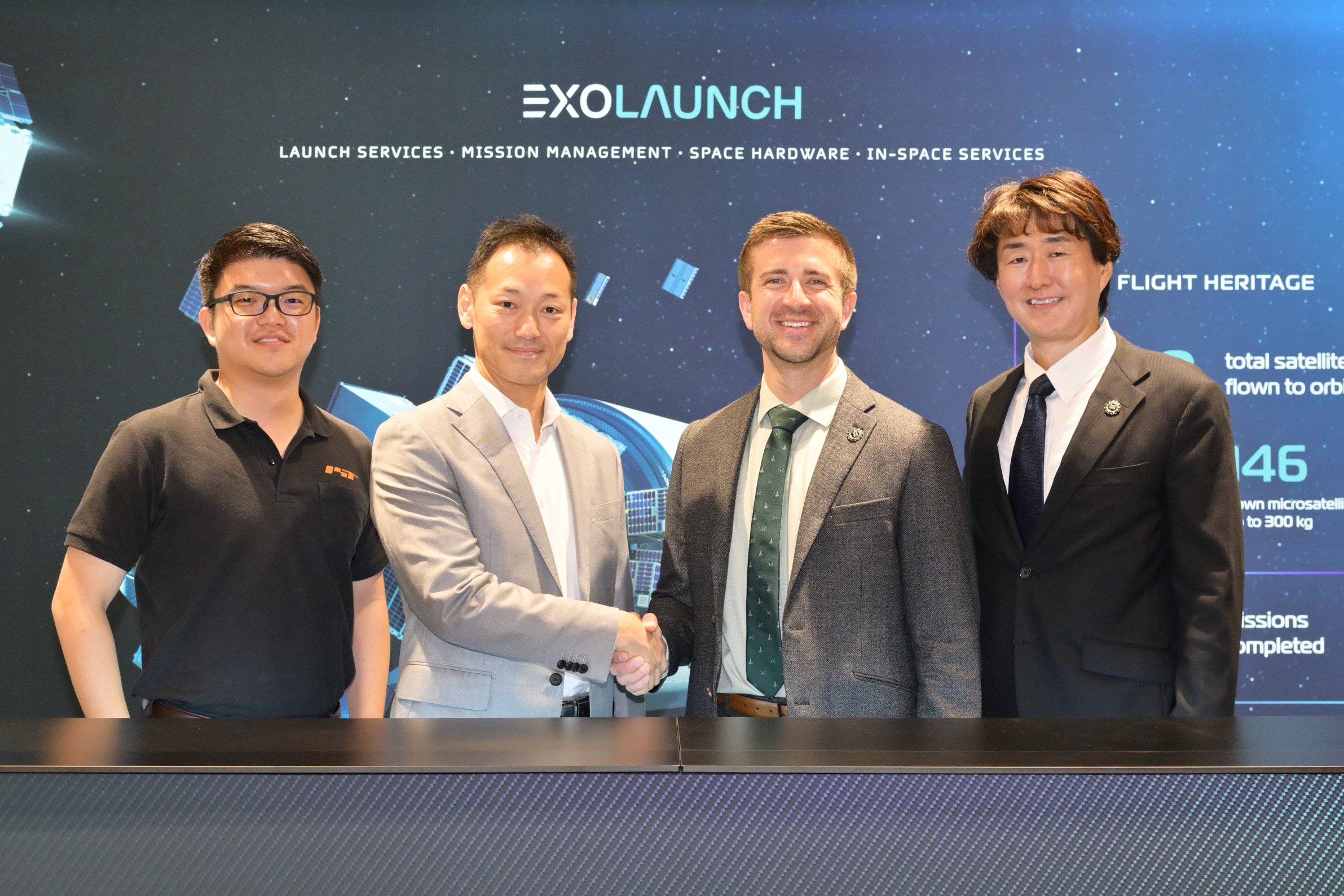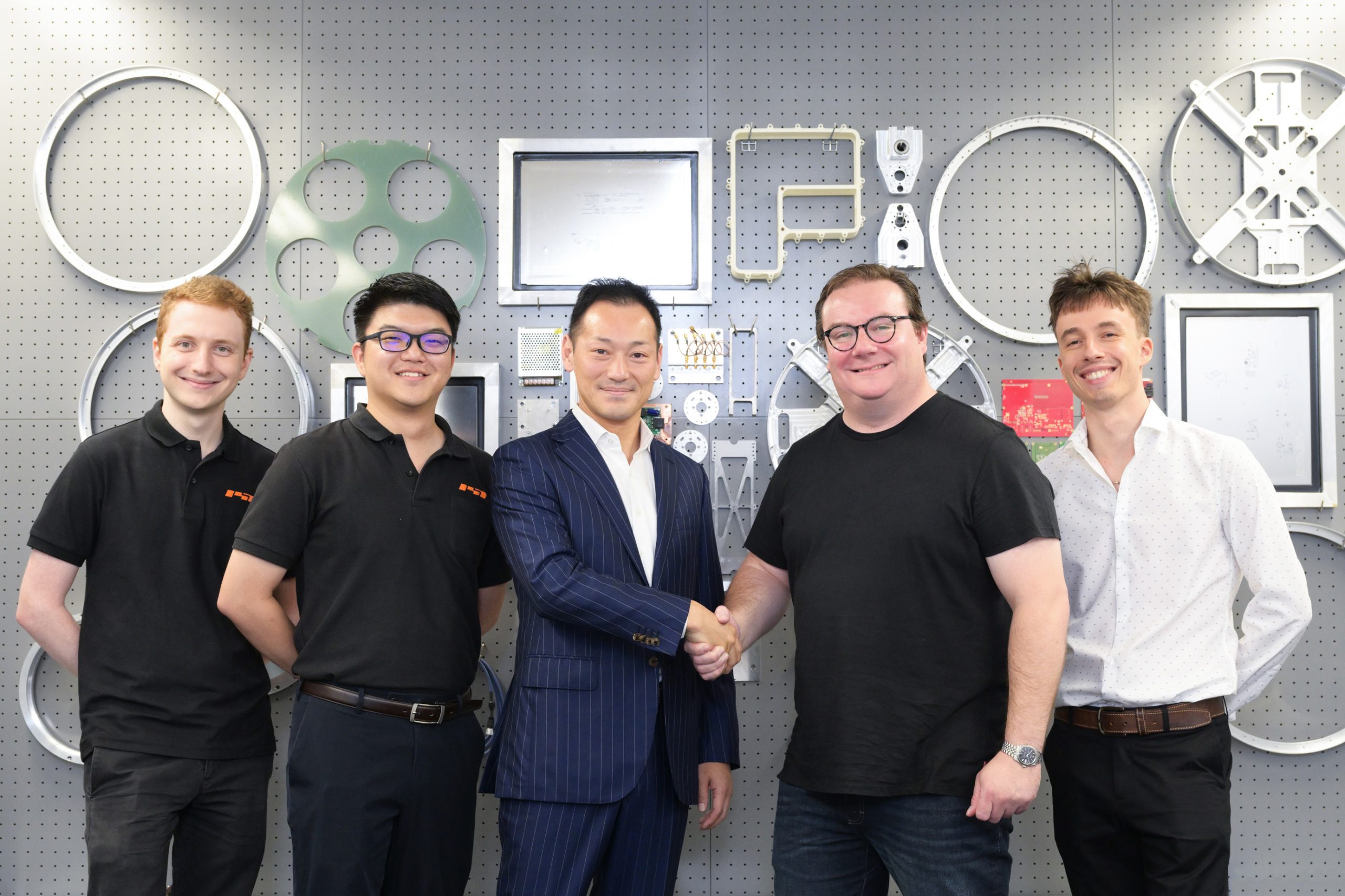MANUFACTURED IN JAPAN
ZERO is a two-stage expendable launch vehicle developed in Japan, providing flexible space transportation through both dedicated missions and rideshare opportunities. Our focus is delivering your satellite to the right orbit, on your schedule.
SPECS
- MAX PAYLOAD WEIGHT
- LEO: 1,000 kg
- AVAILABLE INCLINATIONS
- 42.2° - SSO
- TOTAL LENGTH
- 32 m
- FAIRING HEIGHT
- 5.0 m
- VEHICLE MASS
- 71 t
2ND STAGE
Vacuum
Cosmos
engine ×1
2ND STAGE
Sea level
Cosmos
engine ×9
COSMOS ENGINE
ZERO’s engine is the first privately developed engine to use locally obtained liquid biomethane as propellant.
- PROPELLANTS
- Liquid Biomethane & Liquid Oxygen
- ENGINE CYCLE
- Gas Generator Cycle
- ENGINE COOLING
- Regenerative Cooling
- INJECTOR TYPE
- Pintle Injector

PAYLOAD CONFIGURATIONS
Zero supports various payloads, including small satellites and cubesats.
Sample configurations:
LATEST UPDATES
ZERO’S TESTING
OUR LAUNCH SITE
Hokkaido Spaceport (HOSPO), the designated launch site for ZERO, is located in Taiki town, in Hokkaido-Japan’s second-largest island and northernmost prefecture. HOSPO served as the launch site for Interstellar’s suborbital vehicle MOMO, which successfully reached space three times.
Apart from the launch site the complex features diverse facilities such as an static firing test site.
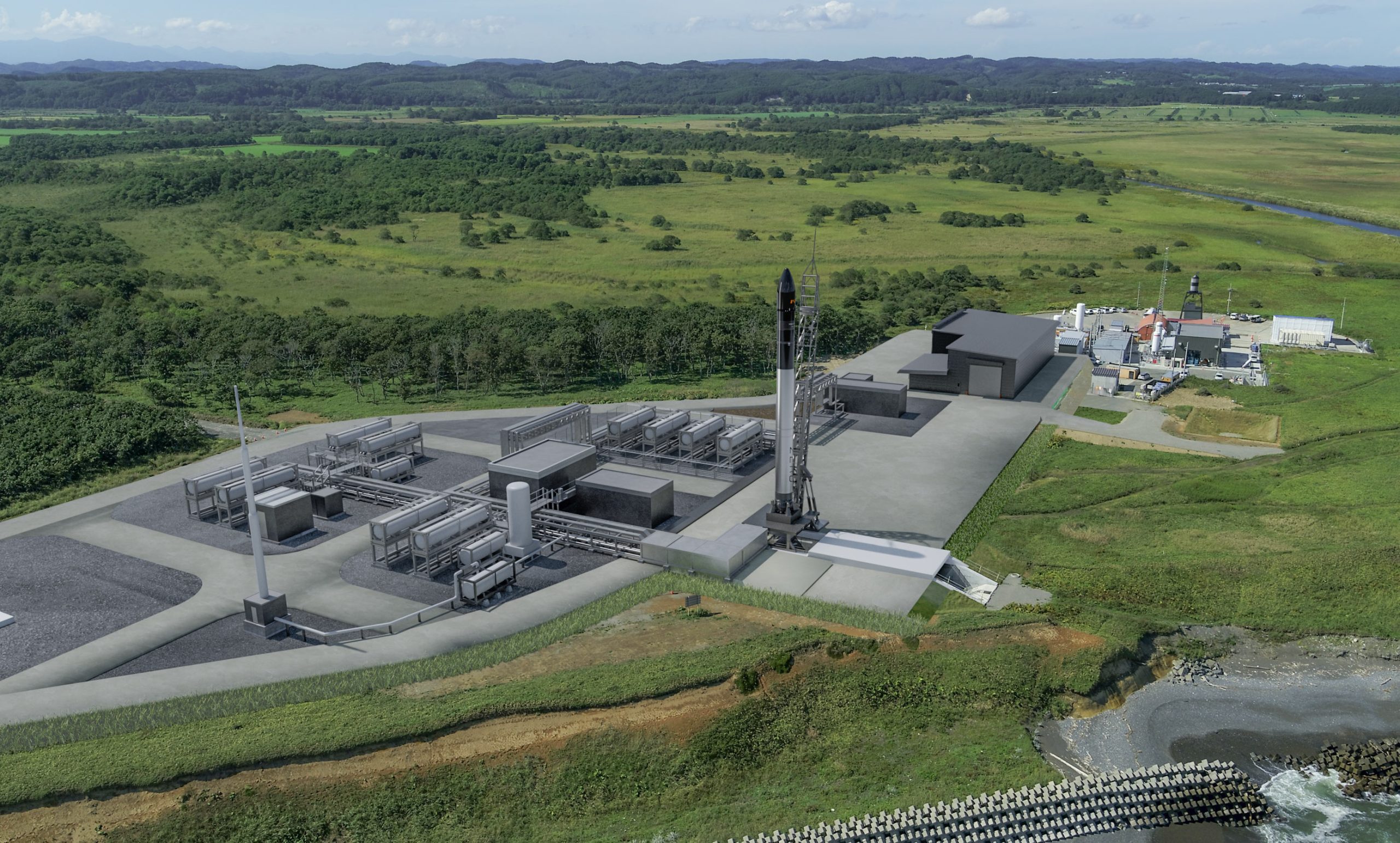
PERFECT LOCATION
Wide range of inclination with open sea to the east and south
CLOSE DISTANCE
15min by car from Interstellar’s headquarters and facilities.
CLEAR WEATHER
Favorable weather conditions that allow for accurate scheduling of launches.
POTENTIAL FOR SCALABILITY
The vast surrounding areas are available for future expansions.

LOOKING FOR
A LAUNCH VEHICLE ?
Payload User’s Guide is open to everyone, download it or book your flight below.


